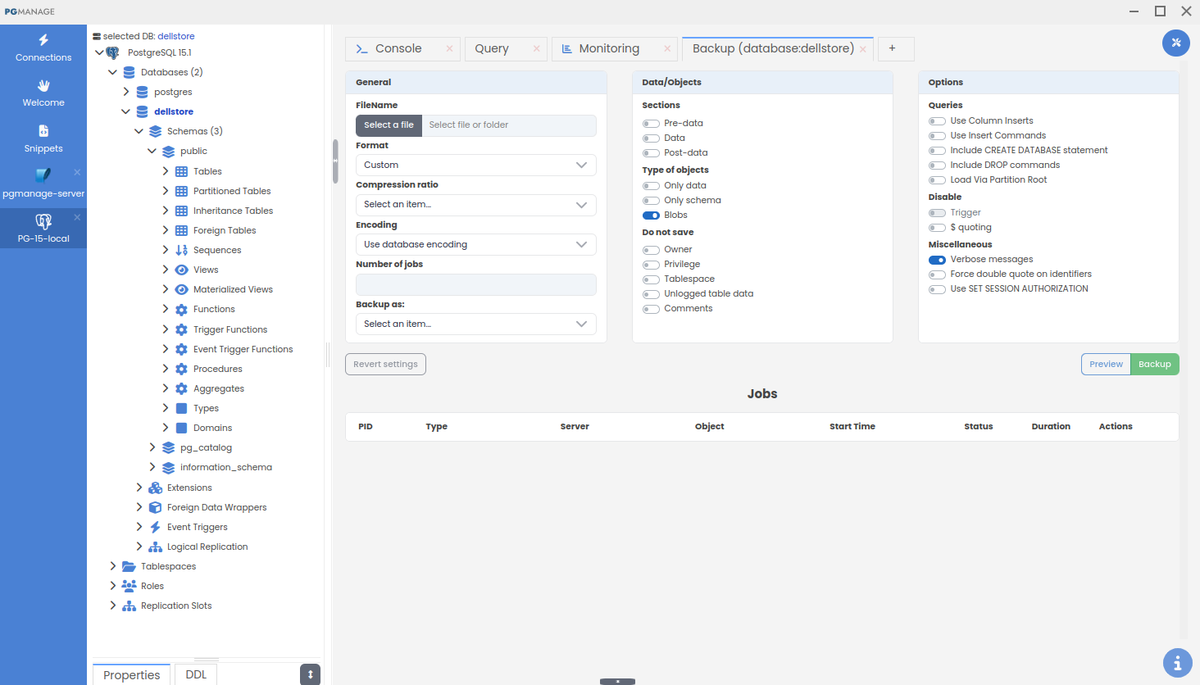
Introducing the Command Prompt Health & Mental Wellness campaign, a holistic approach to life.
24x7x365 since 1997

Introducing the Command Prompt Health & Mental Wellness campaign, a holistic approach to life.
Since at least 2021 there has been a disagreement between Postgres related non-profit organizations. On one side are two affiliate non-profits for Postgresql.org; on the other is a relatively unknown non-profit out of Spain. Lines have been drawn, feet have dug in, and a lot of unproductive discourse has occurred. This has culminated in legal action, bad blood, and some poor decisions.
This is a courtesy notification to our clients and community regarding an alleged security issue for PostgreSQL 12.2.
The following issue was reported as CVE-2020-21469:
An issue discovered in PostgreSQL 12.2 allows attackers to cause a denial of service via repeatedly sending SIGHUP signals.
This is not a security vulnerability, and was filed without prior knowledge of or consultation with the PostgreSQL Security Team as reported in this …

On July 6th, I published, “A Transparency Moment”. There are a lot of us who would never publish such an article. ‘Your health is private,’ ‘won’t you be embarrassed,’ and ‘what if you fail?’ These are nagging thoughts and they are constant. ‘Should I publish another update?’ ‘What if I don’t make progress?’
While I accept the premise that sharing your ‘weakness’ with family …

PgManage 1.0b2 released.

Command Prompt is pleased to announce PgManage version 1.0b. This release adds two major features, 3 major bug fixes and over a dozen changes and improvements. PgManage is a Postgres centered multi-database management Open Source project.

To be truly successful in life, we must have an equilibrium. We must balance desire, learning from success and failure, fear, exhaustion, passion, employer satisfaction, relationships, children, personal ambition and growth, tee-ball games, disappointment, ballet classes, illness, client management, and unexpected events. How can we manage all of these tasks when we try to put everything into two separate boxes? We can’t and that is why people get burned out.

PgManage is a Postgres centered multi-database management Open Source project. It is a fork of the previously well received project OmniDB that had been abandoned. Command Prompt has taken the helm of this project to ensure a quality project focused on the Management of PostgreSQL and related technologies.

Life is about people

Databases are a vital component of any application or website, especially with the reliance on data to meet our end users’ needs. PostgreSQL databases are robust and limitless in their capabilities but not when they’re operating like it’s 1999.
Do you have any outdated end-of-life (EOL) PostgreSQL instances?
EOL software is especially prone to bugs and security issues, but scheduling and performing critical updates and upgrades can be challenging. The …